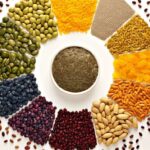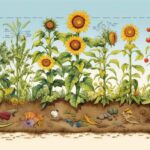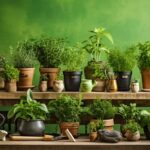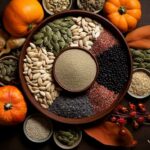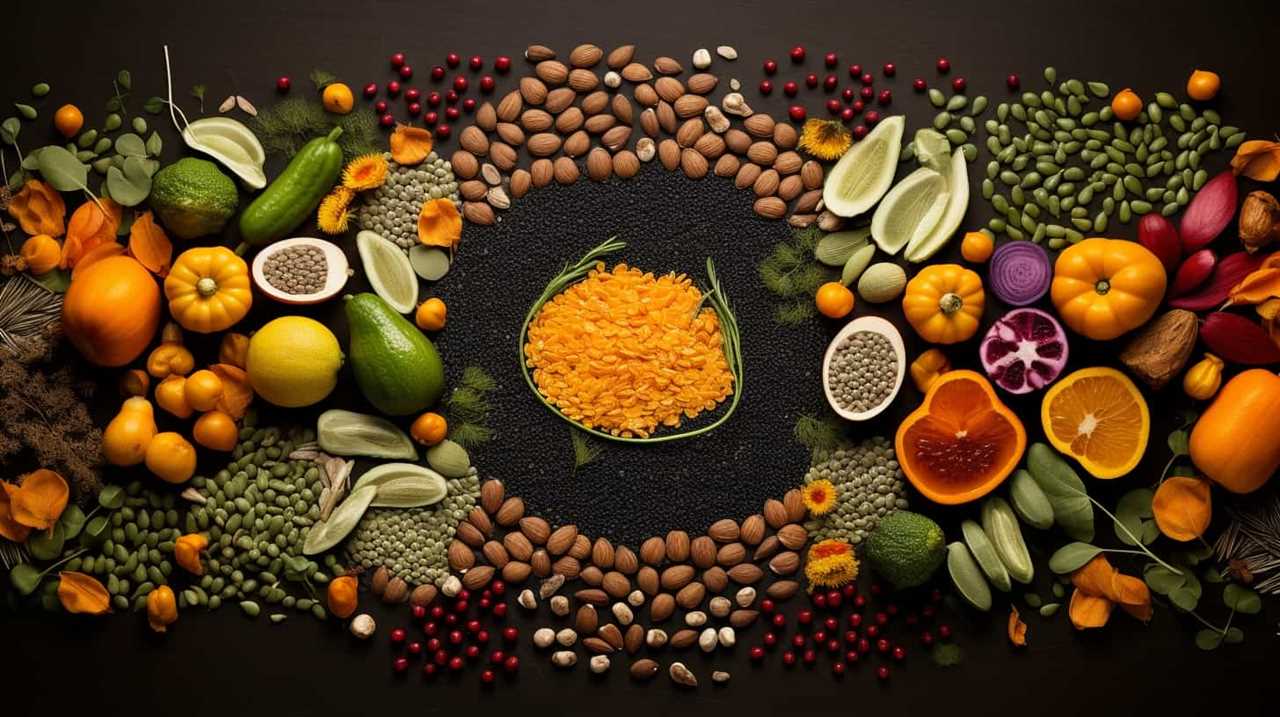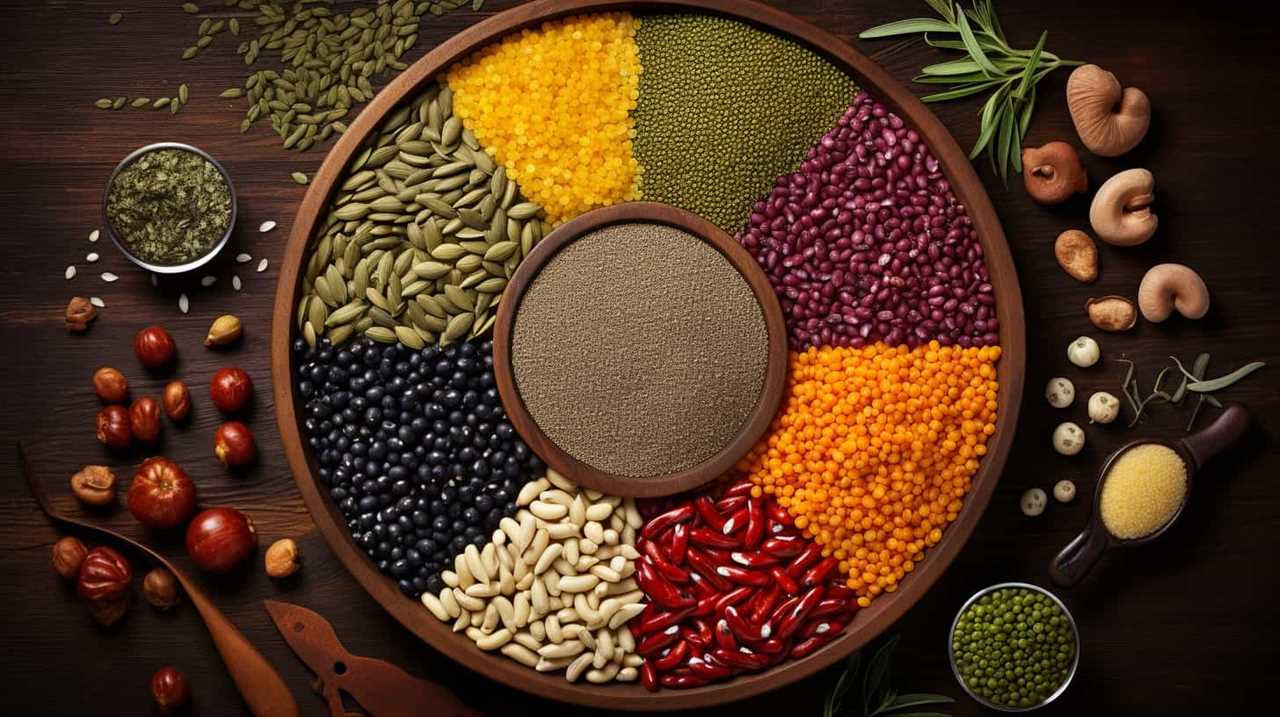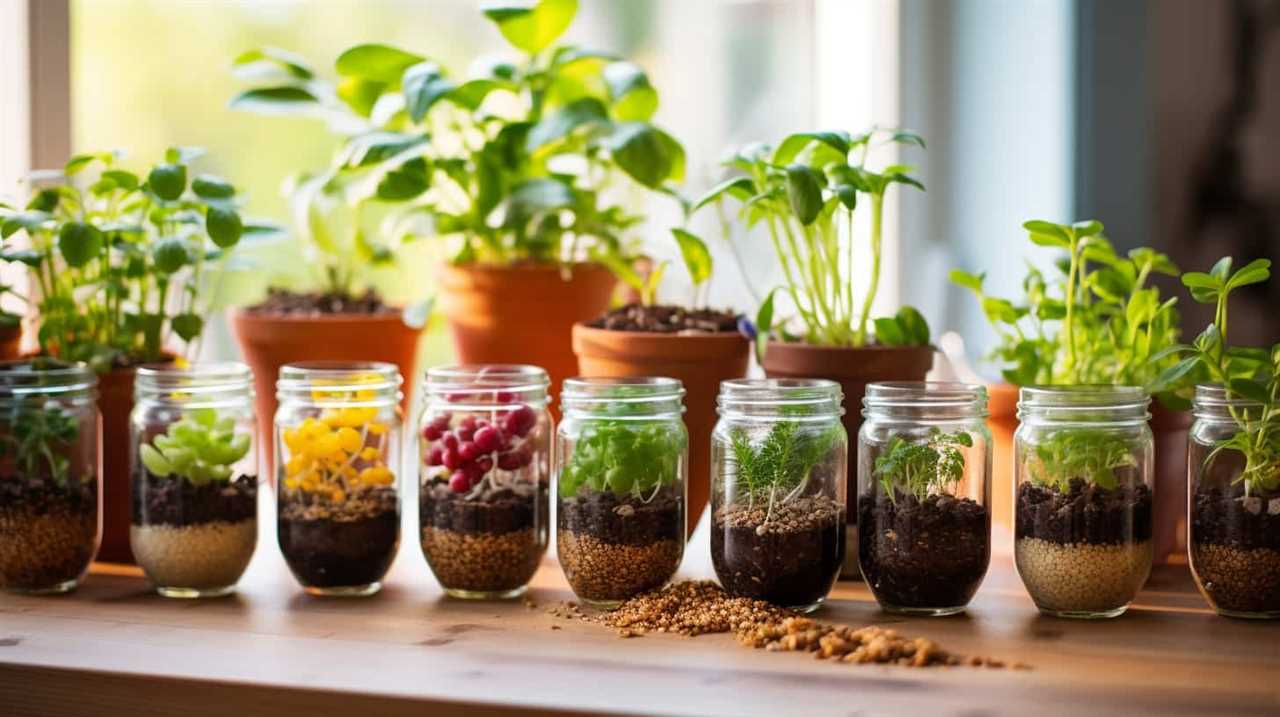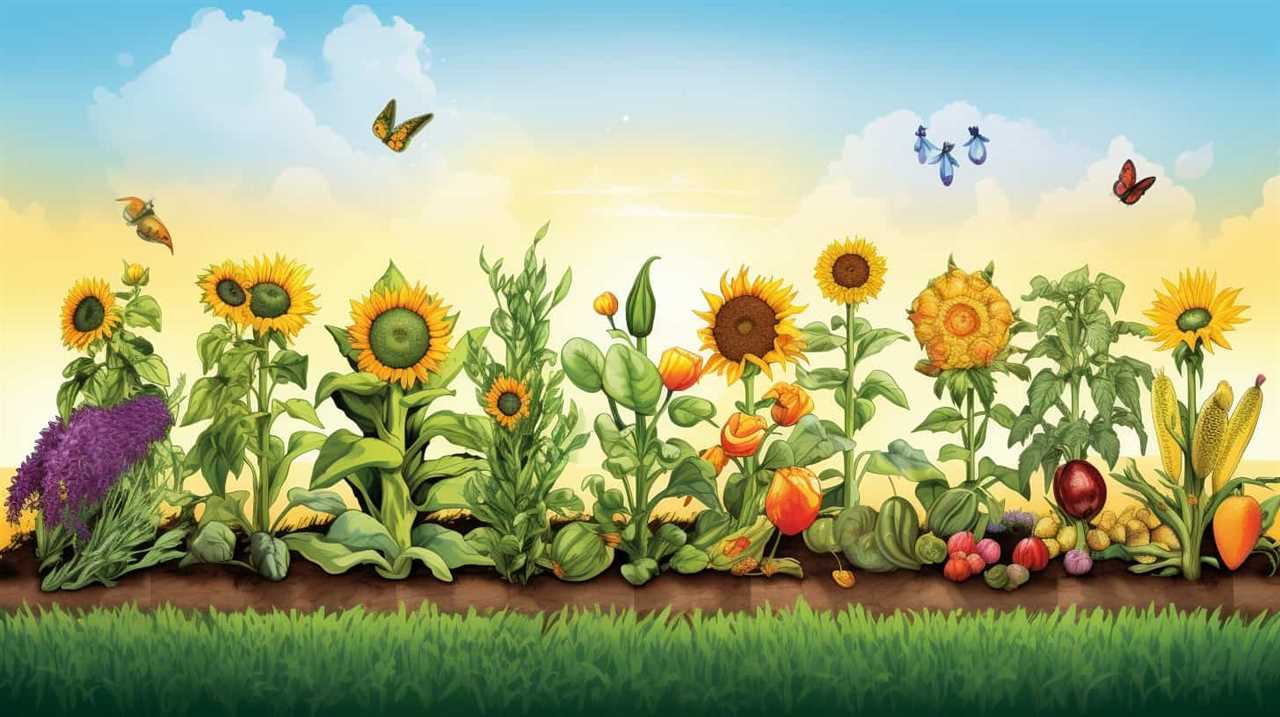We are all familiar with the saying ‘you reap what you sow,’ but what if there was a way to increase your returns by tenfold?
In this article, we’ll explore three steps to enhance high-yield seed production.
From soil preparation to effective irrigation strategies, we’ll delve into the precise techniques and research-based methods that can help you achieve liberation from low yields.
Get ready to unlock the secrets to abundant and successful seed production.
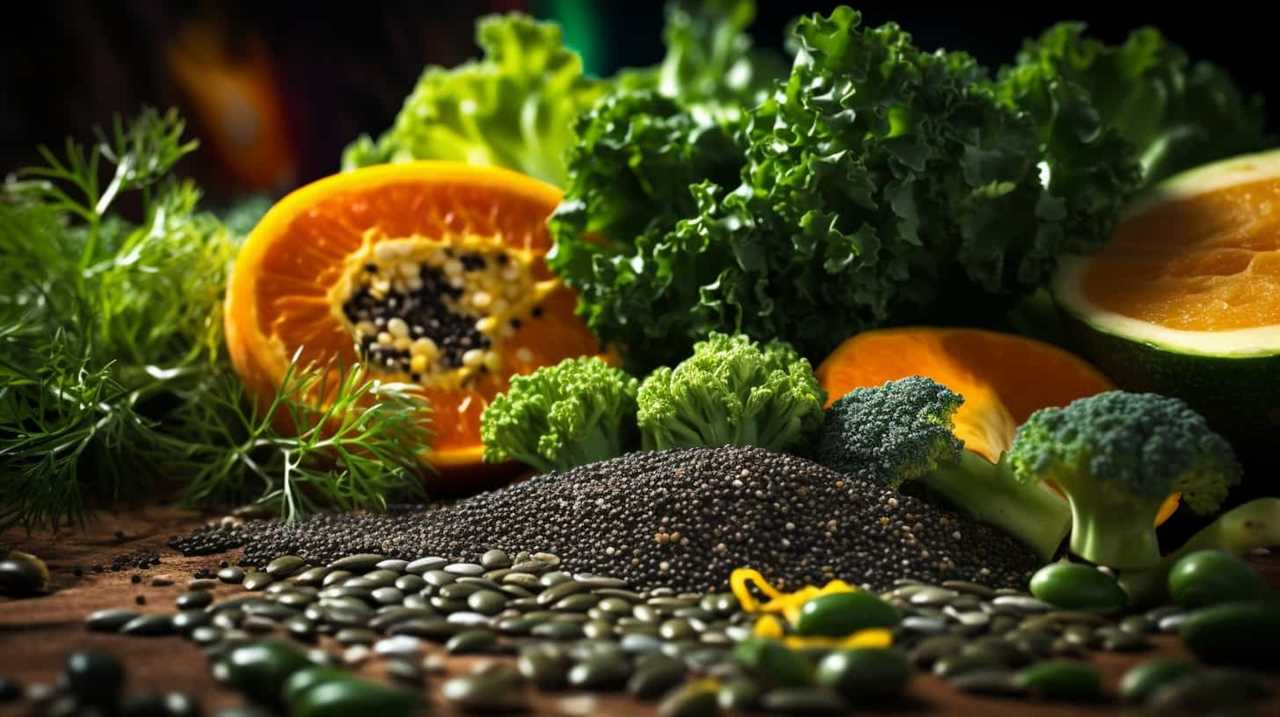
Key Takeaways
- Soil testing and nutrient management are crucial for optimizing crop growth and yield.
- Optimal planting techniques, such as companion planting and proper seed spacing, can enhance high-yield seed production.
- Effective irrigation strategies, including efficient water usage and precision farming techniques, contribute to maximizing crop productivity.
- Pest and disease control measures are essential for protecting crops from damage and maintaining high yields in seed production.
Soil Preparation
To achieve optimal high-yield seed production, we begin by preparing the soil with meticulous care and attention. Soil testing plays a vital role in determining its nutrient composition and pH levels. It allows us to assess the soil’s fertility and identify any deficiencies or imbalances that may hinder seed production.
Based on these results, we can then apply the necessary amendments, such as fertilizers or organic matter, to optimize the soil’s nutrient content.
Additionally, implementing a crop rotation strategy helps break pest and disease cycles, improves soil structure, and enhances nutrient availability. By rotating crops, we can avoid continuous cultivation of the same crop in the same area, reducing the risk of soil depletion and improving overall seed production.
Through this systematic approach of soil testing and crop rotation, we pave the way for maximum seed yield and liberation from yield limitations.
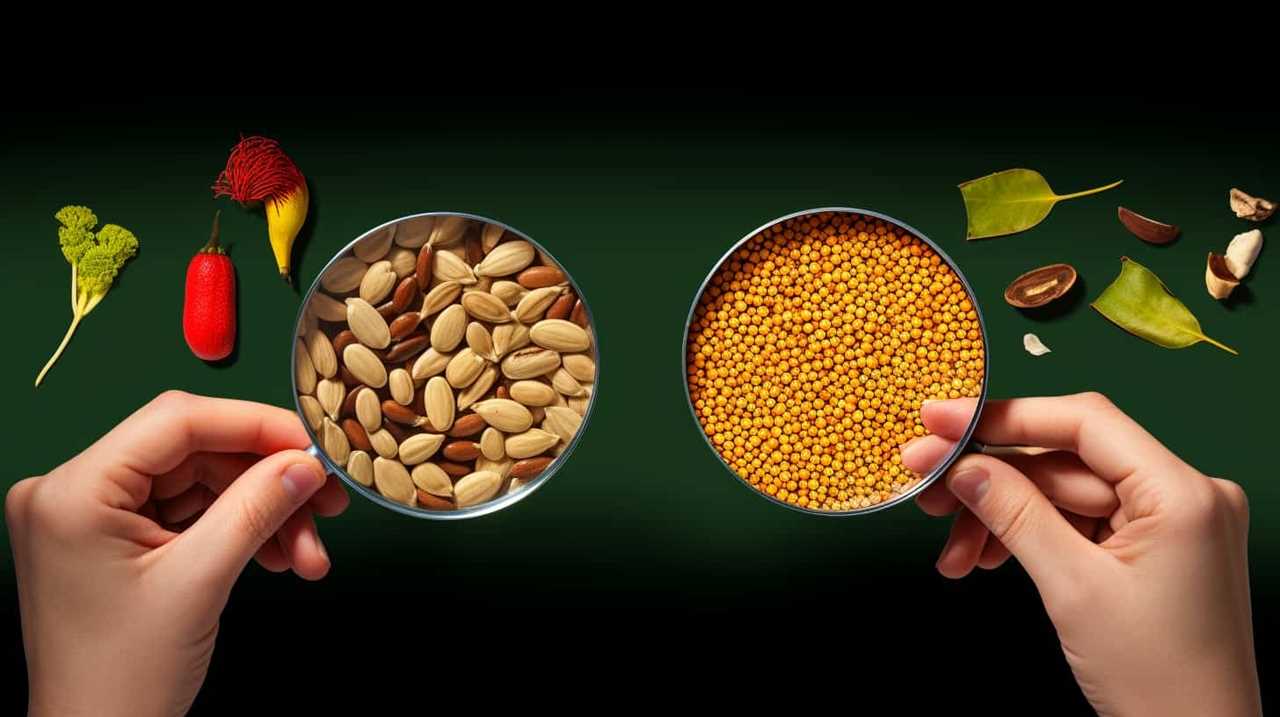
Optimal Planting Techniques
After carefully preparing the soil, we frequently employ optimal planting techniques to further enhance high-yield seed production. These techniques are based on research and aim to maximize the potential of every seed.
Here are three effective strategies we use:
- Companion planting: We strategically pair different plant species that benefit each other. For example, planting nitrogen-fixing legumes alongside nutrient-demanding crops helps improve soil fertility and nutrient availability.
- Seed spacing: We ensure proper spacing between seeds to allow each plant to receive adequate sunlight, water, and nutrients. This technique minimizes overcrowding and competition among plants, resulting in healthier growth and higher yields.
- Intercropping: We intermix different crops within the same field to optimize resource utilization and pest management. This practice reduces the risk of disease outbreaks and enhances biodiversity, leading to improved overall crop productivity.
By implementing these optimal planting techniques, we create an environment conducive to high-yield seed production.
Now, let’s explore the next crucial step: effective irrigation strategies.
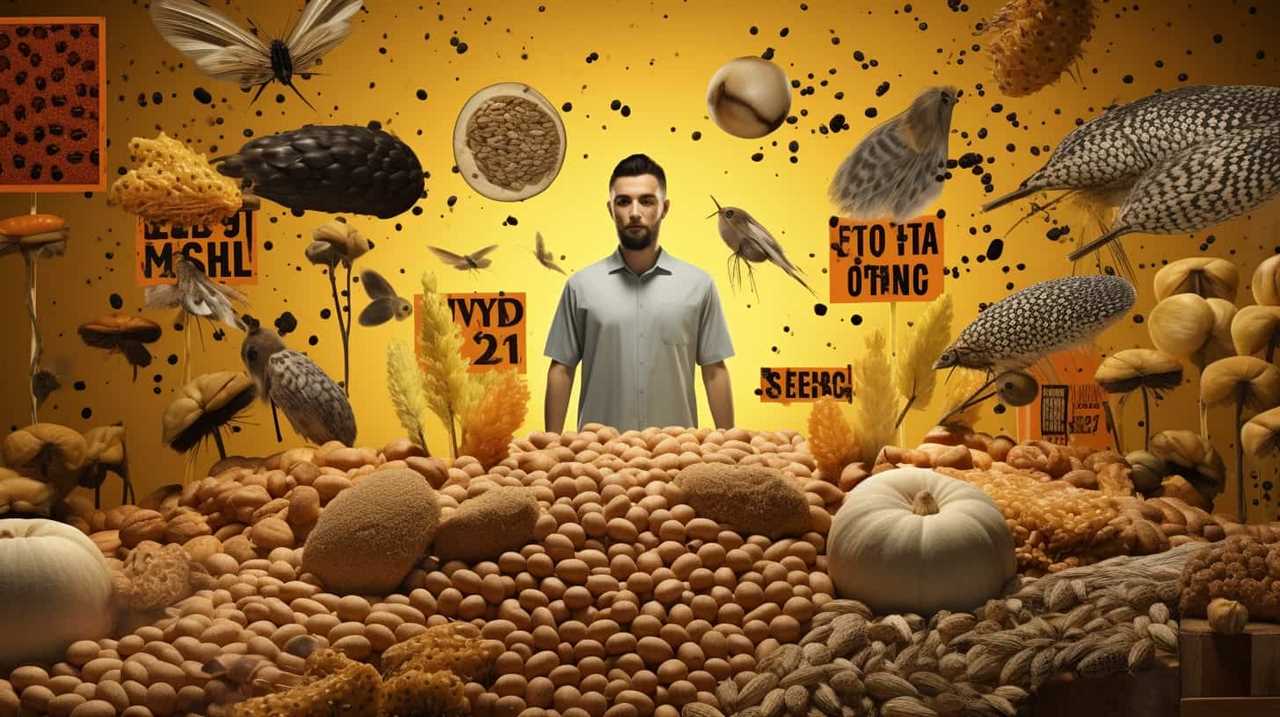
Effective Irrigation Strategies
One of the key factors in achieving high-yield seed production is implementing effective irrigation strategies. Efficient water usage is crucial in maximizing crop productivity while minimizing water waste. Precision farming techniques can greatly contribute to achieving this goal. By utilizing advanced technologies such as soil moisture sensors and automated irrigation systems, farmers can ensure that crops receive the right amount of water at the right time. This not only optimizes water usage but also prevents overwatering or underwatering, leading to healthier and more productive plants. Additionally, precision farming enables farmers to tailor irrigation schedules based on specific crop needs, soil conditions, and weather patterns. By adopting these effective irrigation strategies, farmers can enhance seed production and contribute to sustainable agricultural practices.
| Efficient Water Usage | Precision Farming | Benefits |
|---|---|---|
| Minimizes water waste | Utilizes advanced technologies | Maximizes crop productivity |
| Prevents overwatering or underwatering | Tailors irrigation schedules based on specific crop needs | Promotes sustainable agriculture |
| Optimizes water usage | Considers soil conditions and weather patterns | Enhances seed production |
Proper Nutrient Management
We employ a comprehensive approach to proper nutrient management by utilizing a variety of fertilizers and soil amendments. Our goal is to optimize crop growth and yield while minimizing environmental impact.
Here are three key practices we implement:
- Crop rotation: We rotate different crops in a planned sequence to prevent nutrient depletion and reduce the risk of pest and disease buildup. This practice improves soil fertility and enhances nutrient availability for the target crops.
- Organic fertilizers: We prioritize the use of organic fertilizers, such as compost, animal manure, and cover crops. These natural sources of nutrients promote soil health, microbial activity, and nutrient cycling, ensuring long-term sustainability.
- Soil testing and analysis: We regularly conduct soil tests to determine nutrient levels and pH. Based on the results, we tailor our nutrient management strategies to meet the specific needs of each crop, avoiding over or under-application of fertilizers.
Pest and Disease Control
Implementing effective pest and disease control measures is essential for ensuring high-yield seed production. Pest control involves the management and eradication of insects, weeds, and other pests that can damage crops and reduce yields. This can be achieved through the use of biological, chemical, or cultural methods.

Biological control relies on the introduction of natural predators or parasites to control pest populations. Chemical control involves the use of pesticides to kill or repel pests. Cultural control methods include crop rotation, sanitation, and the use of resistant crop varieties.
Disease prevention is equally important and involves practices such as crop rotation, planting disease-resistant varieties, and proper sanitation. Regular monitoring and early detection of pests and diseases are crucial for effective control and prevention.
Conclusion
In conclusion, by implementing the three steps of soil preparation, optimal planting techniques, and effective irrigation strategies, farmers can enhance high-yield seed production.
Additionally, proper nutrient management and pest and disease control play crucial roles in ensuring successful outcomes.
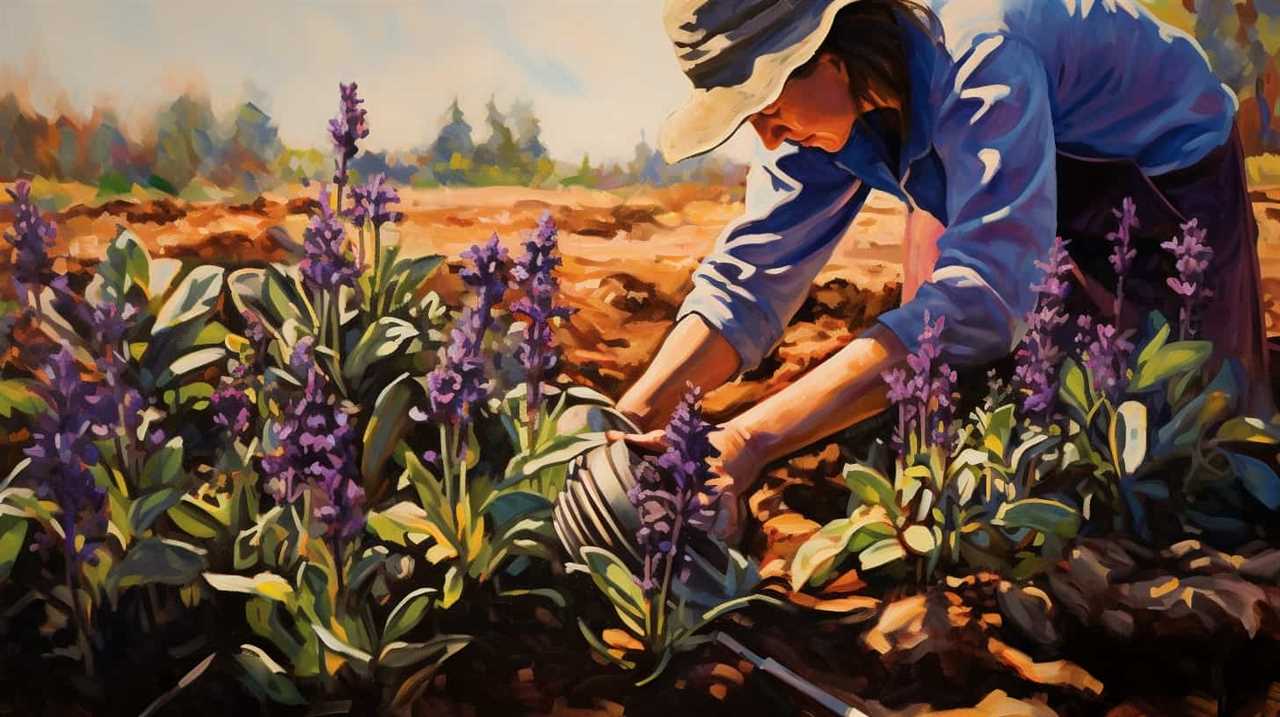
By embracing these practices, farmers can maximize their crop yields and contribute to the sustainable growth of agriculture.
So let’s roll up our sleeves and get ready to cultivate a bountiful harvest, because with the right techniques, our fields will yield seeds of success.


